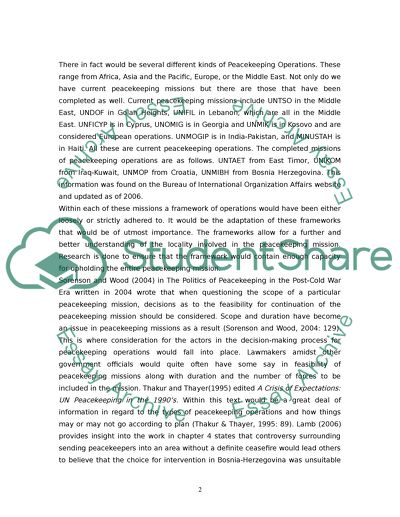Cite this document
(“Peacekeeping Essay Example | Topics and Well Written Essays - 3000 words”, n.d.)
Peacekeeping Essay Example | Topics and Well Written Essays - 3000 words. Retrieved from https://studentshare.org/politics/1509970-peacekeeping
Peacekeeping Essay Example | Topics and Well Written Essays - 3000 words. Retrieved from https://studentshare.org/politics/1509970-peacekeeping
(Peacekeeping Essay Example | Topics and Well Written Essays - 3000 Words)
Peacekeeping Essay Example | Topics and Well Written Essays - 3000 Words. https://studentshare.org/politics/1509970-peacekeeping.
Peacekeeping Essay Example | Topics and Well Written Essays - 3000 Words. https://studentshare.org/politics/1509970-peacekeeping.
“Peacekeeping Essay Example | Topics and Well Written Essays - 3000 Words”, n.d. https://studentshare.org/politics/1509970-peacekeeping.


